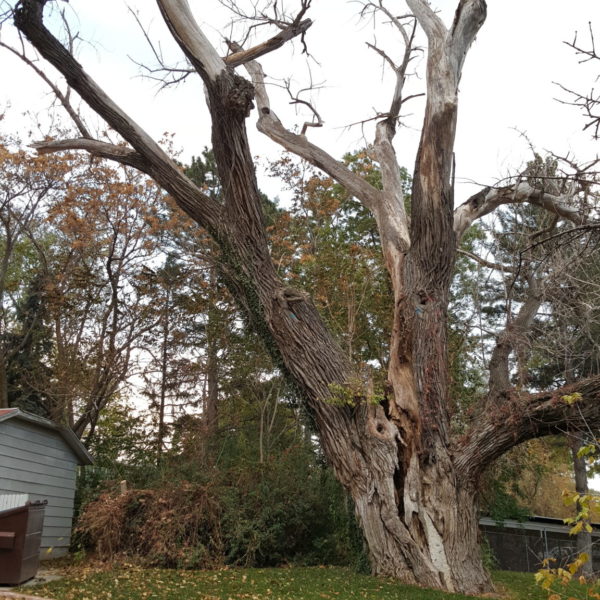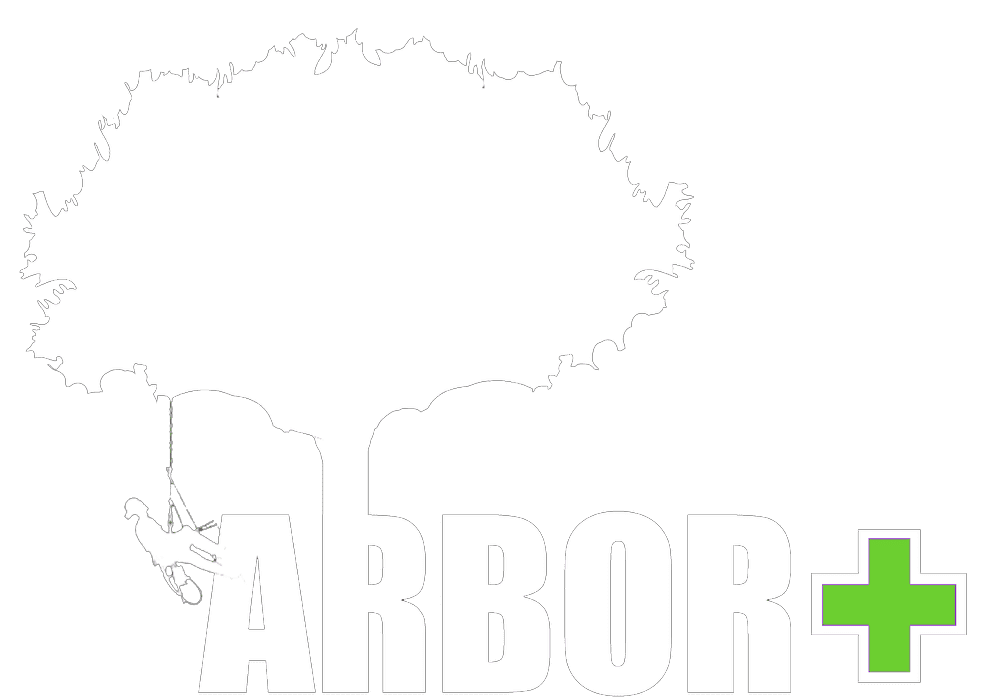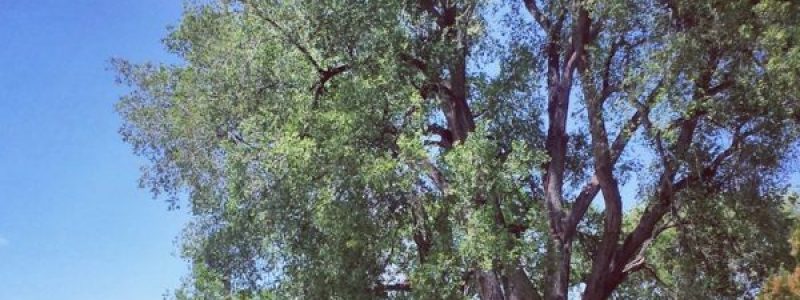Investing in a tree is investing in a legacy
In nature, the life cycle of a tree can occur uninterrupted, but in a developed landscape or urban environment, elderly trees require active management decisions.
Our arborists understand that trees aren’t simply functional features of a property. They are heirlooms that can last through many generations, if given proper care. Trees connect us to the past and to the future. Anyone who has spent an afternoon under the branches of a family oak tree knows how a tree can be a legacy. Mature trees deserve our respect as we maintain them past their prime.
There’s a scientific reason to preserve trees, too. Our oldest trees hold a natural genetic resistance to disease, pests, and drought that can contribute to modern agriculture. When these trees die, we lose access to the knowledge they hold.
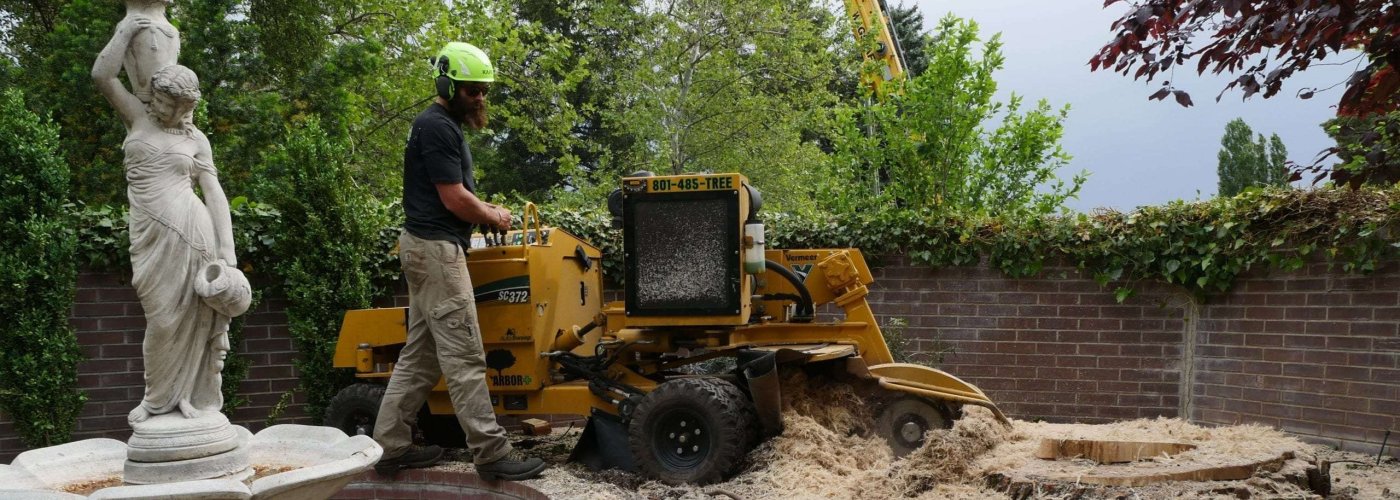
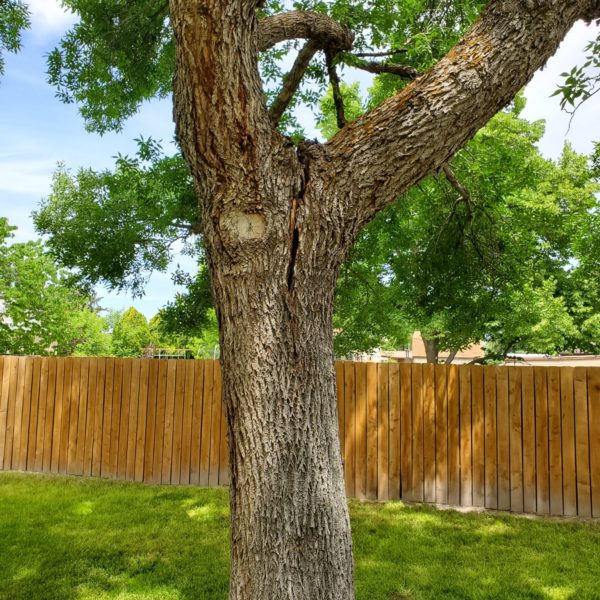
Tree Risk Assessment
Mature trees require extra care and attention in order to remain healthy and enjoy a dignified old age. When a tree is beloved by a family or community, often the goal is to preserve the tree for as long as possible, but some trees are better candidates for long term preservation than others.
To develop a management strategy for an elderly tree, we complete an official tree risk assessment. Our arborists follow the ISA TRAQ methodology. If necessary, your management plan may include cabling to reinforce the structural integrity of your aging or at-risk tree. We also address proper mulching, soil care, and pruning. Regular preventative maintenance will ensure that your trees enjoy a long, happy life and a graceful decline.
Our arborists are ready to evaluate single legacy trees and larger inventories of trees on private, community, or commercial properties.
Risk Factors
- Dead, hanging, or broken branches
- Leaning
- Co-Dominant Stems
- Weak Branch Unions (especially for heavy branches)
- Cracks in the trunk or branches
- Decaying Wood
- Large Cavities
- Mushrooms & Fungi on the bark surface
- Injured Roots
- Bulging or Overlapping Roots
If you’re wondering if your tree is at risk, it’s probably a good idea to have it assessed by a professional for both the health of the tree and for your own peace of mind. Bring one of our arborists on site to evaluate.
